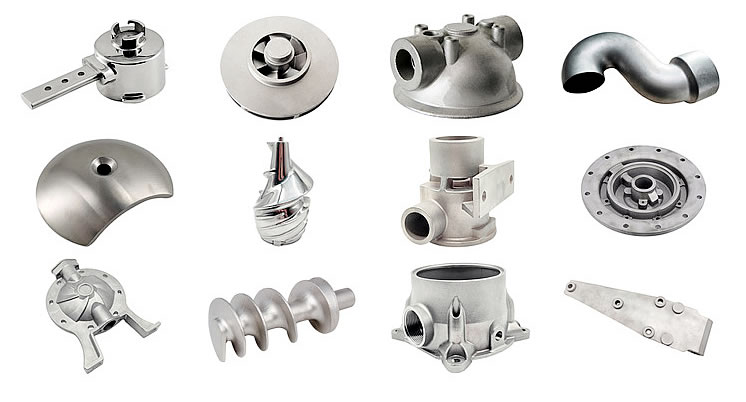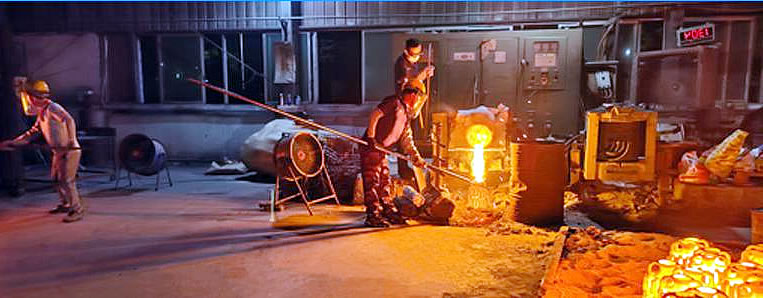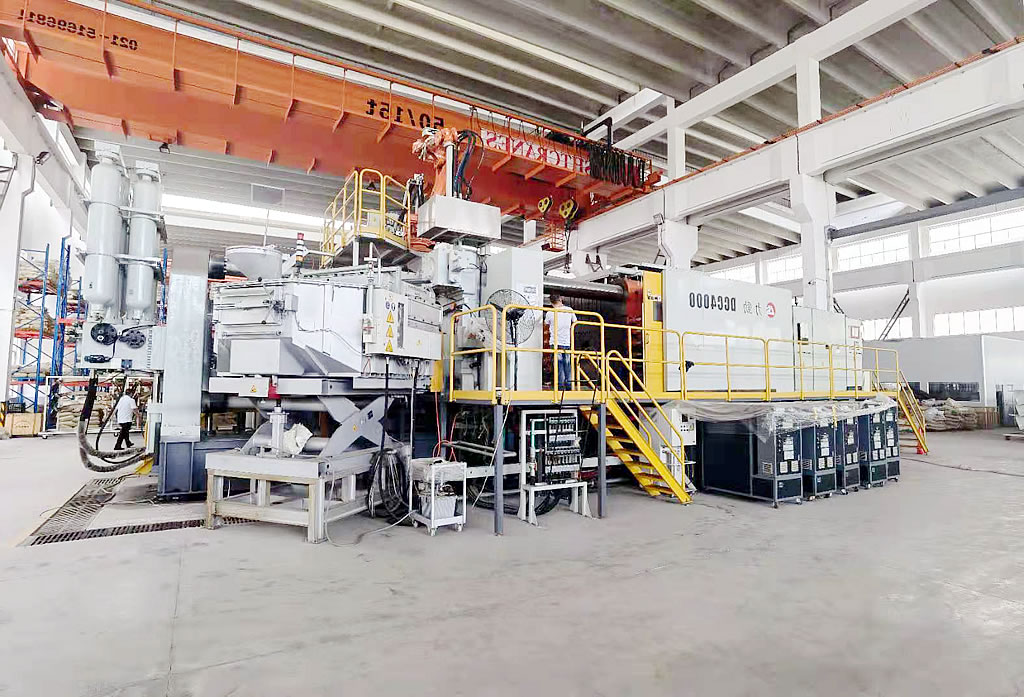Steel Investment Casting vs. Die Casting – What’s the Difference?
Steel Investment Casting and Die Casting are two of the most popular metal casting methods used in manufacturing today. Steel investment casting, also known as lost wax casting or precision casting, is a method used to create complex shapes with extremely precise tolerances. On the other hand, die-casting involves forcing molten metal into molds made from hardened steel dies and is best suited for high volume production runs. Both processes offer advantages and disadvantages depending on your specific needs, so it’s important to understand how each one works before making a decision about which one to use for your project. In this article we will discuss them, their respective process steps and applications, cost comparisons between them, as well as tips for choosing between them.
1. Overview of Steel Investment Casting and Die Casting
They are two of the most commonly used metal casting methods in the manufacturing industry. Steel Investment Casting involves creating complex shapes with precise tolerances by pouring molten metal into a mold made from a wax pattern. The wax pattern is then melted away to reveal the finished product. On the other hand, die-casting requires forcing molten metal into molds made from hardened steel dies and is best suited for high volume production runs. Both processes offer advantages and disadvantages depending on your specific needs, so it’s important to understand how each one works before deciding which one to use for your project.
2. Advantages and Disadvantages of Steel Investment Casting
It is a popular metal casting process used in the manufacturing industry for creating complex shapes with precise tolerances. It involves pouring molten metal into molds made from wax patterns, which are then melted away to reveal the finished product. This method offers several advantages compared to other types of metal casting processes, including better surface finish and accuracy as well as shorter lead times due to its low cost and fast production time. However, It also has some drawbacks such as higher tooling costs and longer setup times than other methods like die-casting or sand-casting. Ultimately, it’s important to consider all aspects when deciding if it is the right choice for your project.
3. Advantages and Disadvantages of Die Casting
Die Casting is a popular metal casting process used in the manufacturing industry to produce complex shapes with precise tolerances. It involves forcing molten metal into molds made from hardened steel dies and is best suited for high volume production runs. It offers several advantages compared to Steel Investment Casting, including lower tooling costs and faster setup times due to its fast production time. Additionally, it also produces parts that are more durable than Steel Investment Castings since they’re not subject to wax shrinkage or porosity during the casting process. However, it has some drawbacks such as higher material costs due to higher scrap rates and limited complexity of design due to the need for rigid dies which can be expensive and time consuming to create.
4. The Processes for Steel Investment Casting and Die Casting
They are two of the most popular metal casting methods used in the manufacturing industry. Steel Investment Casting involves creating complex shapes with precise tolerances by pouring molten metal into a mold made from a wax pattern, which is then melted away to reveal the finished product. On the other hand, Die-Casting requires forcing molten metal into molds made from hardened steel dies and is best suited for high volume production runs. Both processes offer unique advantages and disadvantages depending on your specific needs, so it’s important to understand how each one works before making a decision about which one to use for your project.
5. Cost Comparison between Steel Investment Casting and Die Casting
It is important to consider the cost associated with each process in order to make an informed decision about which one best suits your needs. Steel Investment Casting offers a low-cost solution for producing complex shapes with precise tolerances, but may require higher tooling costs than other methods like die-casting or sand-casting. On the other hand, Die-Casting typically has lower material costs due to its fast production time and higher scrap rates compared to Steel Investment Castings. Additionally, they have longer setup times than Die Castings because of the need for wax patterns and can also be limited in complexity of design due to shrinkage during the casting process. .
6. Applications for Steel Investment Castings vs. Die Castings
They are two of the most popular metal casting methods used in the manufacturing industry. Steel Investment Casting is often used to produce complex shapes with precise tolerances, while Die-Casting is best suited for high volume production runs. Both processes offer unique advantages and disadvantages depending on your specific needs, so it’s important to understand their respective applications before making a decision about which one to use for your project. Steel Investment Castings have been successfully applied in industries such as automotive, aerospace, medical devices and consumer products due to its ability to create intricate designs with excellent dimensional accuracy. On the other hand, Die-Castings are commonly used in various industries including electronics and appliances due to their fast production time and cost effectiveness.
7. Tips for Choosing Between Steel Investment casting or Die casting
Both processes offer unique advantages and disadvantages depending on your specific needs. Steel Investment Castings are often used to produce complex shapes with precise tolerances, while Die-Casting is best suited for high volume production runs. It’s important to consider all factors involved in order to determine which method is the most suitable for your project.
Steel Investment Casting and Die Casting are two of the most popular metal casting methods used in manufacturing. Steel Investment Castings offer a low-cost solution for producing complex shapes with precise tolerances, while Die-Casting is best suited for high volume production runs. It’s important to consider all factors involved when deciding between them so that you can make an informed decision about which one will be the most suitable for your project. We hope these tips have helped you understand how each process works and what their respective applications are, as well as some cost comparisons so that you can determine if Steel Investment Casting or Die Casting is right for your needs.



